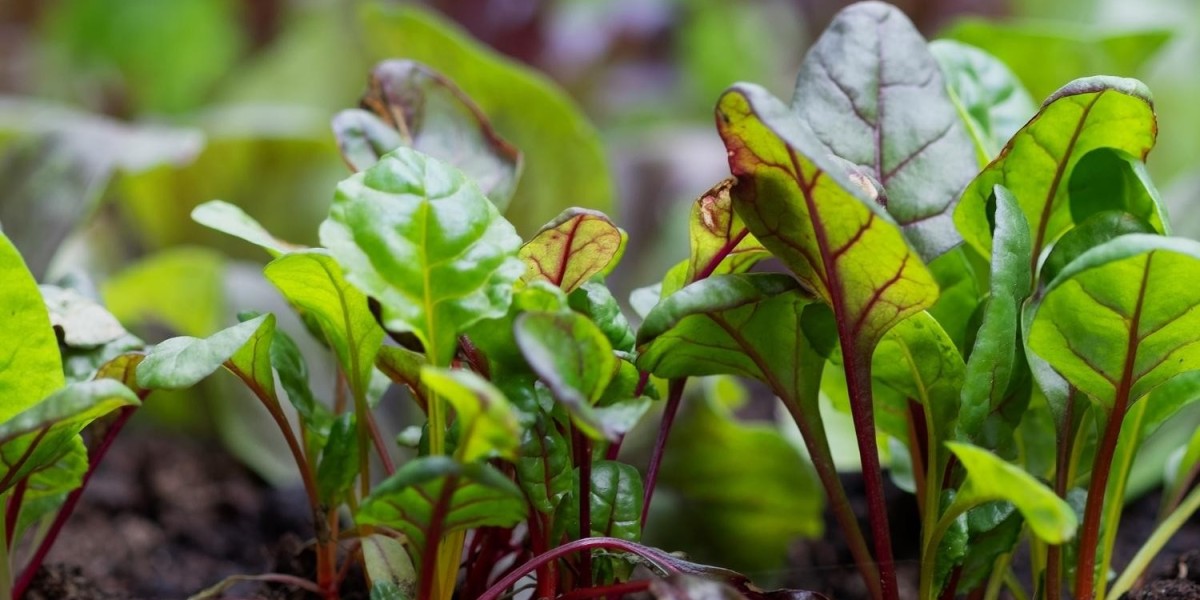Planters and raised beds are popular gardening techniques that offer numerous benefits to both novice and experienced gardeners. These methods provide opportunities to cultivate plants in controlled environments, making them versatile options for various settings, including backyards, balconies, and even indoor spaces. Let's delve into the advantages of using planters and raised beds for gardening:
1. Improved Soil Quality: One of the primary benefits of using planters and raised beds is the ability to control and optimize soil quality. With traditional in-ground gardening, the existing soil might lack essential nutrients or have poor drainage. Planters and raised beds allow you to fill them with a customized mix of soil, compost, and amendments, creating an ideal growing medium. This promotes healthier plant growth and can lead to increased yields.
2. Better Drainage: Planters and raised beds often have better drainage compared to in-ground planting. Excess water can easily drain away, preventing issues like waterlogged roots and root rot. This is especially advantageous in regions with heavy rainfall, as it helps prevent soil erosion and ensures plants receive just the right amount of moisture.
3. Weed and Pest Control: Raised beds and planters help create a physical barrier between your plants and the surrounding ground. This reduces the likelihood of weeds encroaching on your garden and makes it more challenging for pests to reach your plants. Additionally, if you fill the raised beds with new, weed-free soil, you start with a clean slate, minimizing the weed seed bank.
4. Enhanced Accessibility: Raised beds are elevated from the ground, which provides ergonomic benefits for gardeners. They reduce the need for bending over or kneeling, making gardening tasks more accessible and comfortable, especially for people with physical limitations.
5. Extended Growing Season: Raised beds tend to warm up faster in the spring due to their elevated position and better soil drainage. This can lead to an extended growing season, allowing you to plant earlier in the spring and potentially harvest later into the fall.
6. Aesthetic Appeal: Planters and raised beds can be designed to complement the overall aesthetics of your garden or outdoor space. They come in various materials, sizes, and designs, allowing you to create a visually pleasing garden layout.
7. Space Optimization: Planters and raised beds are particularly useful in urban environments or areas with limited space. They can be placed on patios, balconies, or even rooftops, effectively utilizing available space to grow a variety of plants.
8. Soil Erosion Prevention: Raised beds can help prevent soil erosion, especially on sloped terrain. The raised structure holds the soil in place, reducing the risk of erosion caused by heavy rain or wind.
9. Customized Growing Conditions: Different plants have varying soil and water requirements. With planters and raised beds, you can create separate sections for different types of plants, each with its own tailored growing conditions. This makes it easier to manage a diverse range of plants in a single area.
10. Education and Experimentation: Planters and raised beds are excellent tools for educational purposes, especially for children. They provide a visible and contained space where kids can learn about plant growth, soil health, and basic gardening principles. Similarly, for gardeners looking to experiment with different growing techniques, planters and raised beds offer a controlled environment to test new methods or plant varieties.
In conclusion, planters and raised beds offer a multitude of advantages for gardeners seeking to optimize their growing conditions and harvests. These techniques empower gardeners to create ideal soil compositions, improve drainage, and effectively manage weeds and pests. Additionally, the aesthetic appeal, accessibility benefits, and space optimization make planters and raised beds attractive options for various gardening contexts. Whether you're a beginner or an experienced gardener, these methods provide opportunities for creativity, education, and successful plant cultivation.








